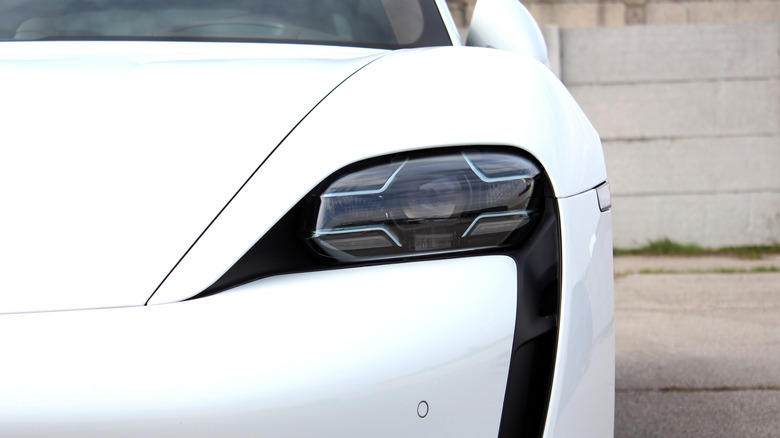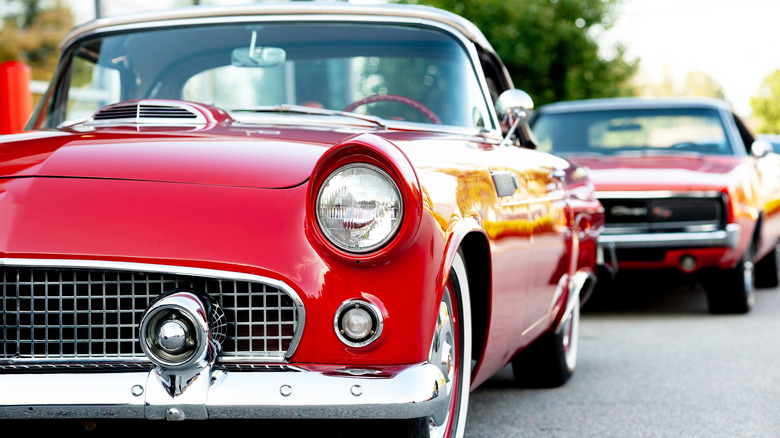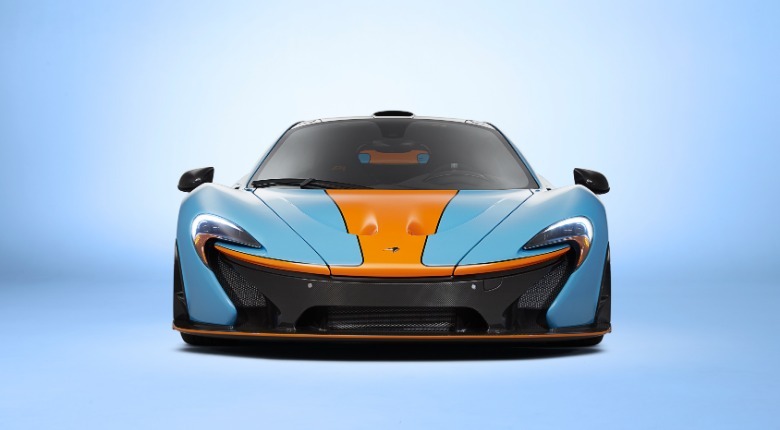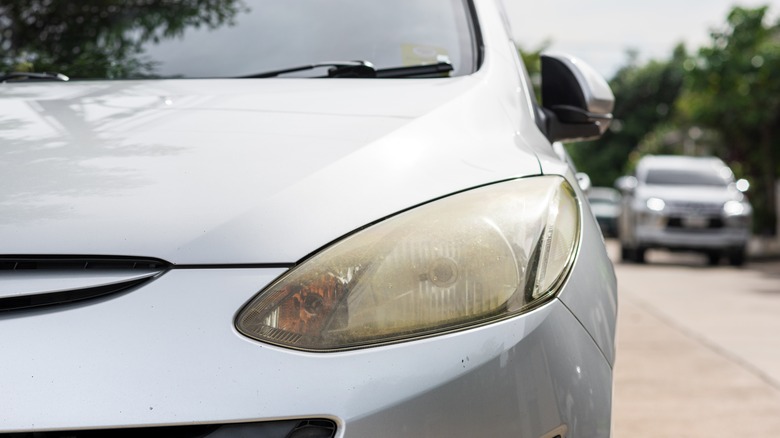What Are Modern Headlights Made Of? (And Why They Are No Longer Made Of Glass)
We may receive a commission on purchases made from links.
Your vehicle has a lot of safety equipment, including seat belts, airbags, and more. But one piece of equipment often gets ignored — your headlights. The headlights ensure that you can drive even at night, when there's no natural source of light.
Just like most parts of a vehicle, the headlights have evolved a lot over time. Modern headlights look brighter than ever, last longer, and come in different types, like HID and LED headlights. And another major change is that instead of glass, they're made of a type of plastic called polycarbonate.
If you compare modern headlights with those found in vehicles of the 1960s, '70s and early '80s, like the Ford Gremlin, you'll notice that not only were they made of hard glass, but all of them were in just a few sizes and shapes. However, today's vehicles, like the luxurious 2024 Genesis G70, feature uniquely styled headlights, and almost all of them are made up of polycarbonate. We'll tell you why the automotive industry switched from glass headlights to polycarbonate and whether the latest technology has any drawbacks.
Why are modern headlights no longer made of glass?
U.S. Motor Vehicle Safety Standard 108 was amended in 1983 to let automakers move away from glass headlights. Glass was hard to mold, which prevented the carmakers from experimenting with new headlight shapes, so they were restricted to only a handful of designs like oval, circle, square, and rectangle. Even if they decided to mold the glass to a different shape, it would cost them more than molding the glass to a regular circle or square shape. This would have increased the overall price of the vehicle. And glass headlights broke easily, whether a notorious kid threw a stone at them or some kind of road debris struck them during a drive.
Polycarbonate has been found to be the best alternative to glass, addressing all the issues associated with glass headlights. First, they can easily be molded into any shape. The use of polycarbonate was what made it possible for manufacturers like McLaren to add uniquely shaped headlights on vehicles like the McLaren P1.
Polycarbonate is 250 times stronger than glass but weighs half as much as it. This combination not only makes the headlights stronger than before, but also reduces the vehicle's overall weight, which eventually reduces its gas consumption.
Aren't there any drawbacks to polycarbonate headlights?
In a short timeframe, you won't notice any problems with using headlights made of polycarbonate. However, they will gradually react with the UV rays coming from the sun, which will eventually cause them to begin breaking down. This will result in an opaque shade forming that will stop the bulb's blue light from passing through. As a result, the headlight will start to look yellowish or dim.
The solution, in this case, is to restore the headlight, which you can do yourself. All you need to do is visit your nearest auto supply store and get a product labeled "headlight restoration kit" or "headlight lens restoration." In case you can't find the restoration kit, you can use products like toothpaste or baking soda to get rid of the oxidation. Polishing compounds such as Rain-X can also help clean your vehicle's headlight.
Once you have any of these products, you're all set to fix the headlight. To begin, use a dry cloth to clean it. Then apply a thick layer of your restoration material to the lens. Wait for a few minutes, then use a brush to remove the applied material. After that, check if the oxidation is gone. If not, you're left with no option but to take your vehicle to a service station, where experts will use advanced tools to get rid of the oxidation.



